Tonymoly - Namdaemun Branch [Tax Refund Shop] (토니모리 남대문점)
368.0M 2024-04-22
12, Namdaemunsijang-gil, Jung-gu, Seoul
-
Hwangudan Altar (환구단)
368.0M 2020-05-07
112, Sogong-ro, Jung-gu, Seoul
+82-2-3396-5842
Hwangudan Altar, also called Hwandan Altar, refers to an altar complex for the rite of heaven. The rites were first performed in the Goryeo dynasty by King Seongjong in the first month of 983 (2nd year of his reign), but was repeatedly adopted and abolished, and eventually stopped at the start of the Joseon dynasty.
Then in 1456 (2nd year of King Sejo), the practice was temporarily standardized and the rites were performed at Hwangudan Altar again in 1457. However, rites were again abolished in 1464 (10th year of King Sejo). It wasn’t until 1897 (34th year of King Gojong) when the Joseon dynasty was renamed as the Korean Empire and King Gojong ascended to emperor, that the rite was revived.
Now, Hwangungu Shrine and three stone drums stand at the location of the former altar complex. The three stone drums symbolize the instruments used for the rites. The shrine was completed in 1899, two years after the altar was started in 1897. Today, the Hwangungu Shrine still stands within the hotel grounds of the Westin Chosun Hotel.
Optical Manager - Namdaemun Branch [Tax Refund Shop] (안경매니져남대문점)
371.8M 2024-06-27
1F and 2F, 2-1, Namdaemunsijang 4-gil, Jung-gu, Seoul
-
Sungnyemun Gate Guard Ceremony & Experience (숭례문 파수의식 / 원데이! 파수군)
374.4M 2024-03-12
40 Sejong-daero, Jung-gu, Seoul
010-2802-2133
The Sungnyemun Gate Guard Ceremony is a reenactment of the changing of the guards who protected the fortress walls around the capital city during the Joseon dynasty. During this change, the gates would be opened for the off-duty guards to go out and replace those finishing their shift of walking along the walls.
Sungnyemun Gate (숭례문)
375.3M 2024-11-27
40 Sejong-daero, Jung-gu, Seoul
Sungnyemun Gate is Korea’s National Treasure No. 1, and its unofficial name is Namdaemun Gate. Sungnyemun Gate is the largest castle gate stone structure with an arched entrance in the middle. There’s a column on top of a platform, raising the roof, distinguishing the upper stories and lower stories of the building. Passageways for traffic are located at the east and west ends of the gate. Different from the other gates, Sungnyemun Gate’s tablet has its name written vertically.
On February 10, 2008, Sungnyemun was destroyed by fire. After a 5-year reconstruction work, the gate was re-opened to the public again on May 4, 2013.
Myeong-dong, Namdaemun, Bukchang-dong, Da-dong and Mugyo-dong Special Tourist Zone (명동 남대문 북창동 다동무교동 관광특구)
376.1M 2021-12-30
40, Sejong-daero, Jung-gu, Seoul
+82-2-3396-4622
Myeong-dong, Namdaemun, Bukchang-dong and Da-dong are widely known among international visitors as hot spots for shopping and food.
Myeong-dong is a popular destination for shopping, culture, arts and fashion. Major shopping malls such as Lotte Department Store, Shinsegae Department Store, Myeong-dong Migliore and Samik Fashion Town are located here. Shoppers can find a variety of products here from high-end items to relatively inexpensive clothes. There’s also no shortage of street food, traditional restaurants, coffee shops and fancy cafes.
Namdaemun Market is the biggest traditional market in Korea. Visitors can purchase souvenirs and local produce at an affordable price in the shopping complex crowded with stores and street stalls. The market sells a variety of clothes, kitchenware, toys, accessories, food, flowers and imported goods.
Bukchang-dong and Sogong-dong have high-end accommodations including Lotte Hotel Seoul and Westin Chosun Seoul, duty-free shops, and restaurants serving traditional dishes.
[Myeong-dong, Namdaemun Market and Bukchang-dong Special Tourist Zone]
Areas included: Myeong-dong, Bukchang-dong, Mugyo-dong and Da-dong, Seoul
Area size: 872,809 ㎡
Tourist attractions: Myeong-dong, Namdaemun Market and Bukchang-dong, Department Stores (Lotte Department and Shinsegae Department Store, etc.), Traditional Market, Duty-free Shop, Hanok Village, N Seoul Tower, etc.
The Westin Josun Seoul (웨스틴 조선 서울)
380.9M 2022-06-08
106, Sogong-ro, Jung-gu, Seoul
The Westin Josun Seoul is situated in the heart of the business and shopping center of Seoul, where the embassies, banks, and government offices are also located. In 1999 and 2003, the Westin Josun Seoul was selected as one of the world's top 100 hotels by international financial institutional investors, boasting newly renovated state-of-the-art facilities and rooms, and great service.
The hotel has a health center including a swimming pool, spa, and gym; a business center, conference rooms in various sizes, and restaurants. The Westin Josun Seoul also manages a banquet hall service with food catered from Gangnam's COEX food courts.
The hotel provides the finest business environment, offering a cutting-edge facility holding guestrooms with desktop PCs, high-speed internet connections, TV internet, fax machines, printers, copy machines, automatic climate control, mini bars, and a 24-hour room service to accommodate to guests' every need. The VIP rooms come furnished with 'Heavenly Beds' guaranteeing the best of comfort.
SUSHI CHO (스시조)
380.9M 2021-03-29
106, Sogong-ro, Jung-gu, Seoul
+82-2-317-0373
This store was selected for the Michelin Guide Seoul 2021. This Japanese (cuisine) restaurant is located in Jung-gu, Seoul. The most famous menu is sushi.
Dalgaebi (달개비)
383.8M 2024-03-15
16 Sejong-daero 19-gil, Jung-gu, Seoul
+82-82-2-765-2035, 2068
Dalgaebi is a restaurant specializing in Korean table d'hote, using fresh seasonal ingredients. Its flagship menu is the teukseon sangcharim jeongsik (special set menu), which includes porridge, seasonal dishes, main courses, and desserts. The galbi sangcharim (galbi course), featuring premium Korean beef galbi grilled over charcoal and served with soybean paste jjigae, is also popular. Known for its private dining spaces and upscale ambiance, reservations can be made via phone.

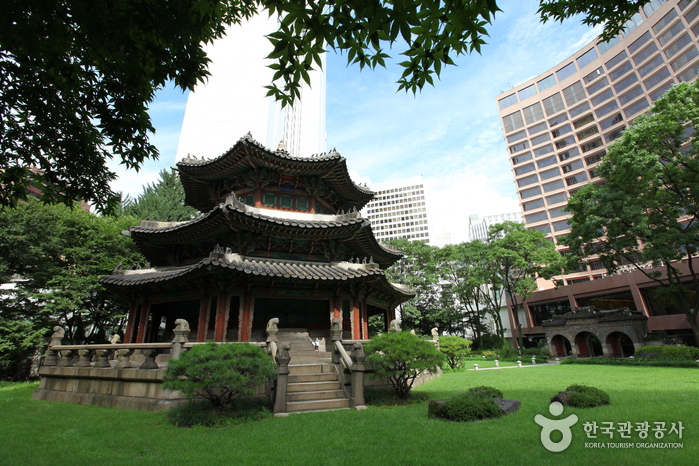
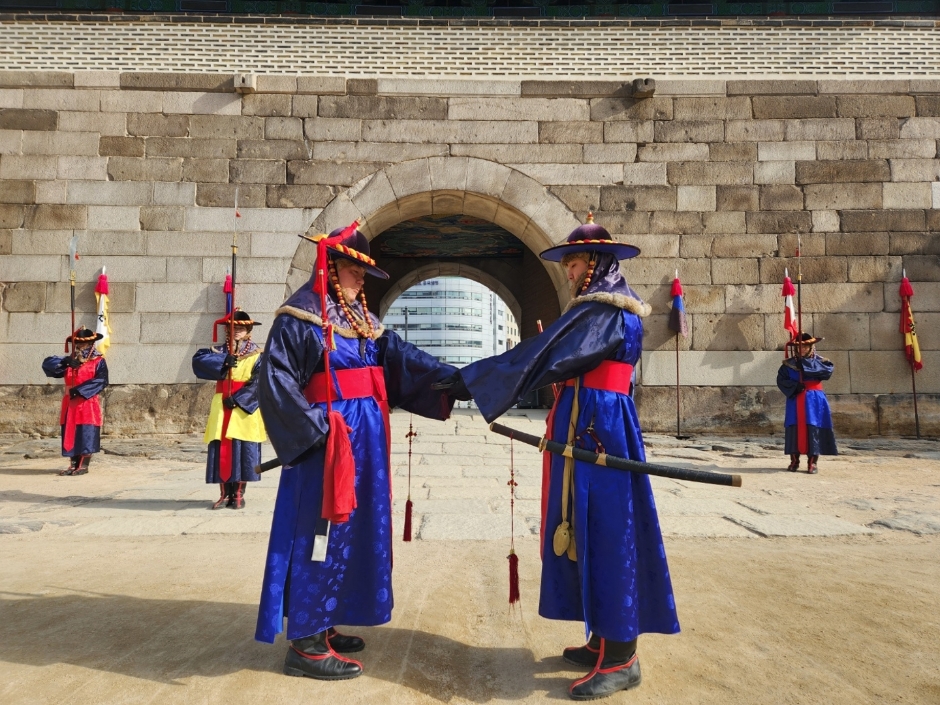
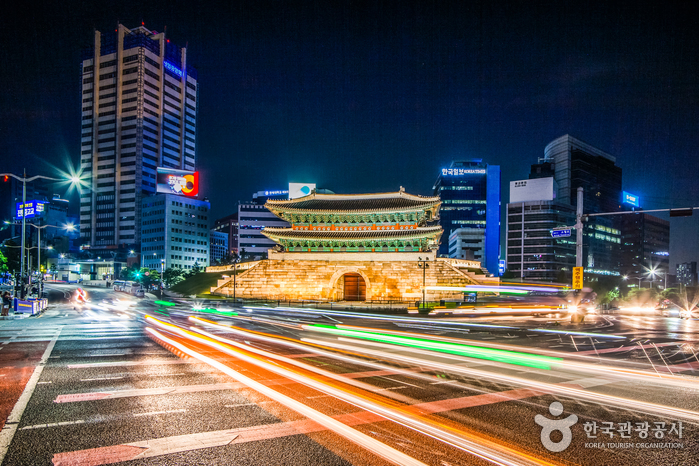
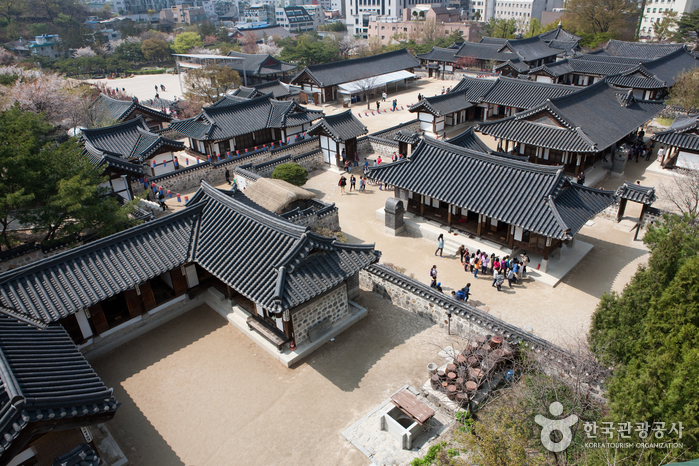
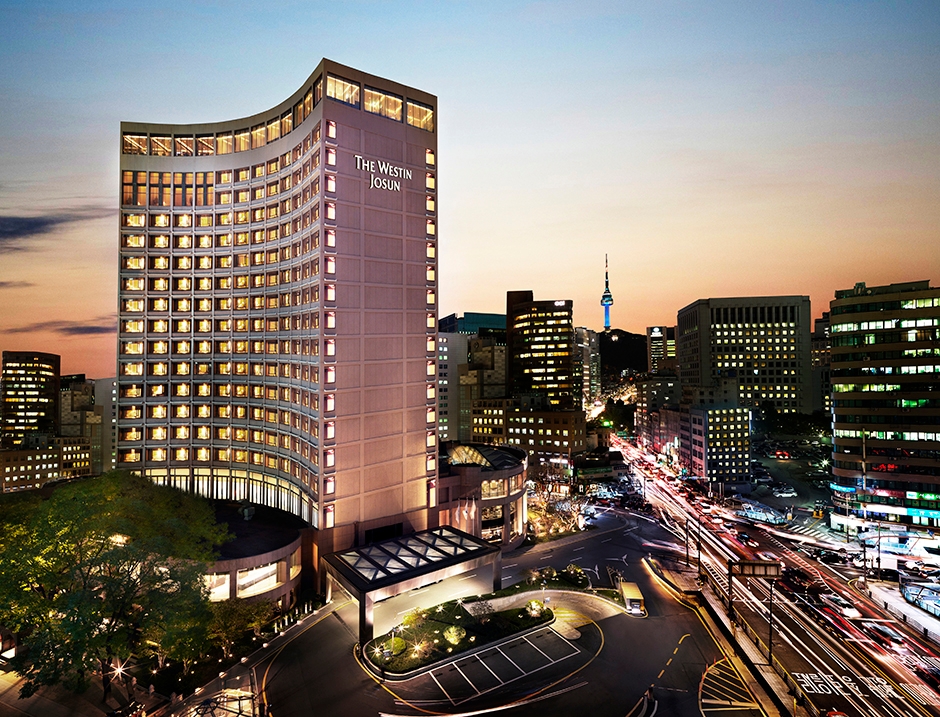
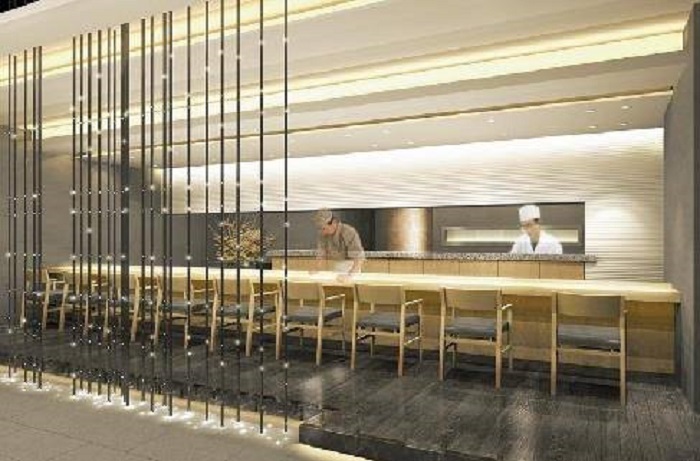
 English
English
 한국어
한국어 日本語
日本語 中文(简体)
中文(简体) Deutsch
Deutsch Français
Français Español
Español Русский
Русский